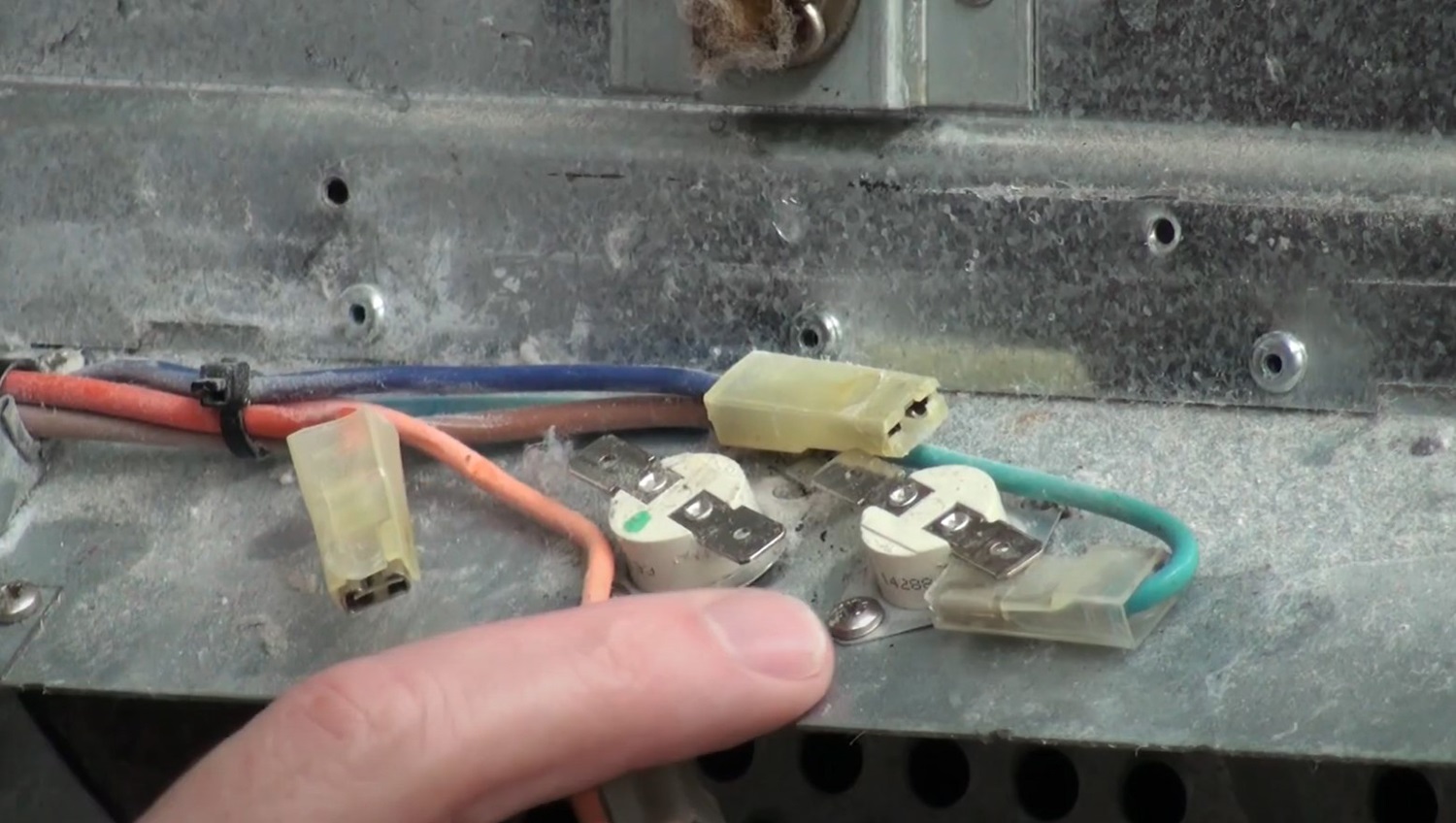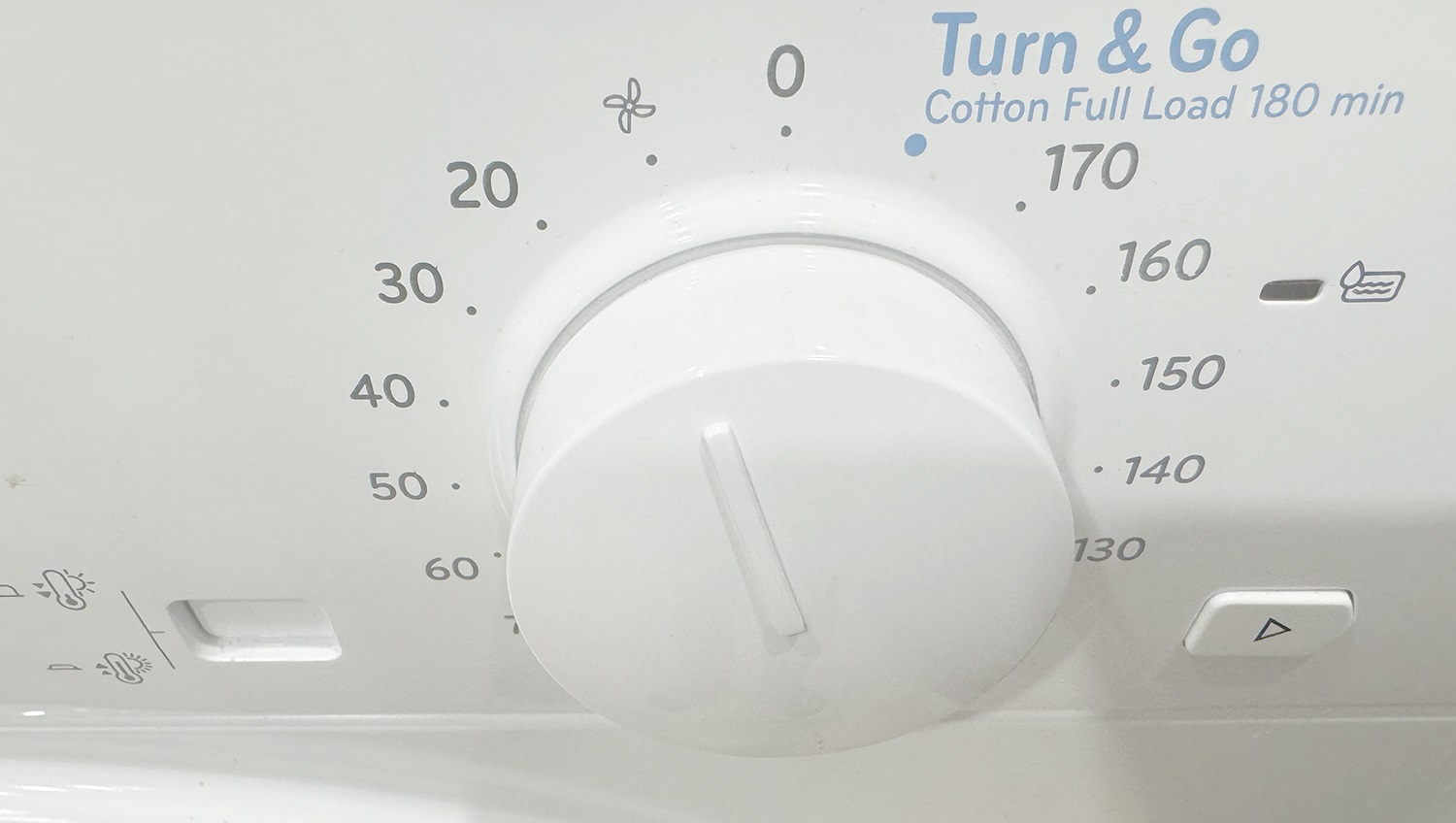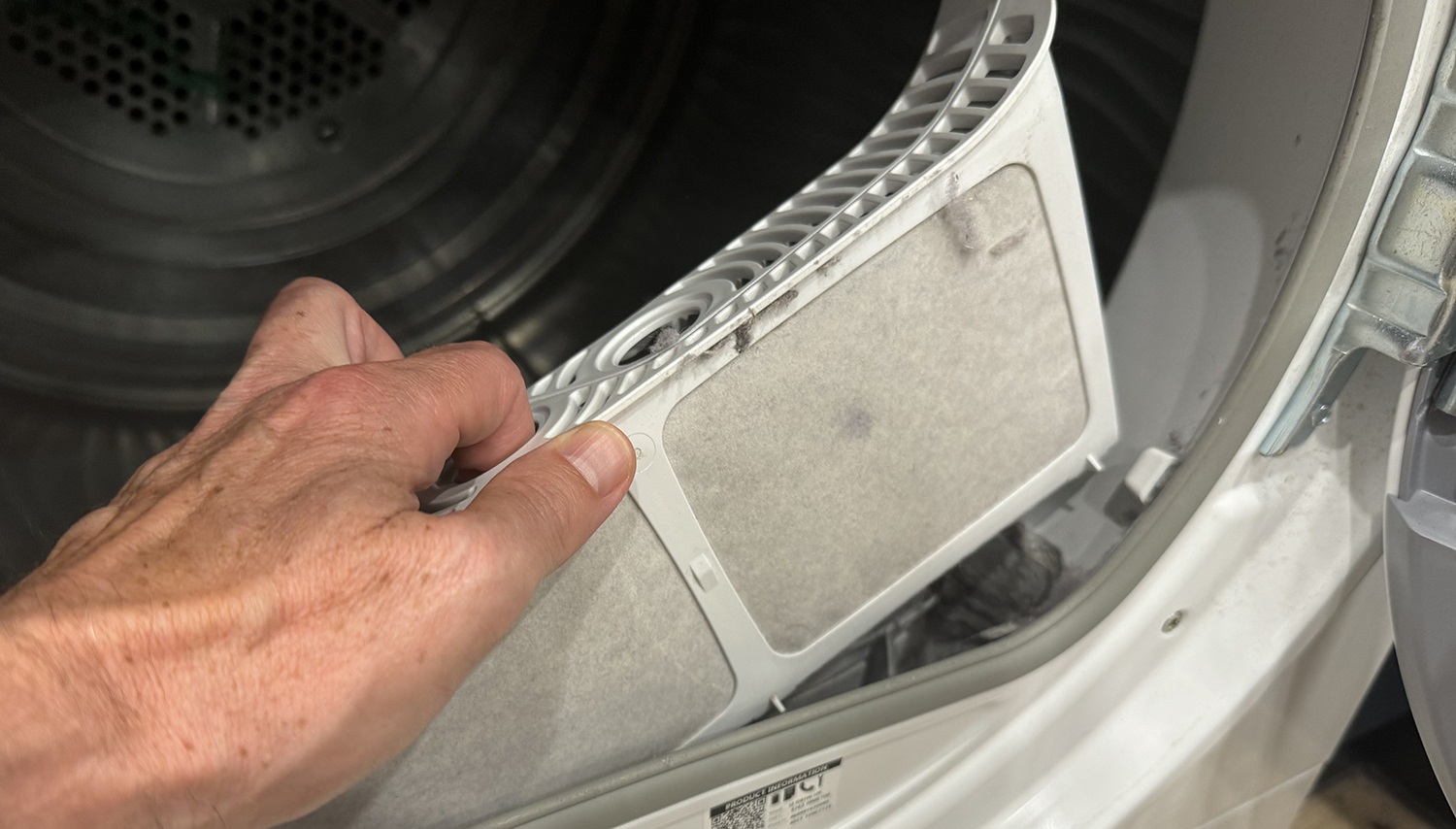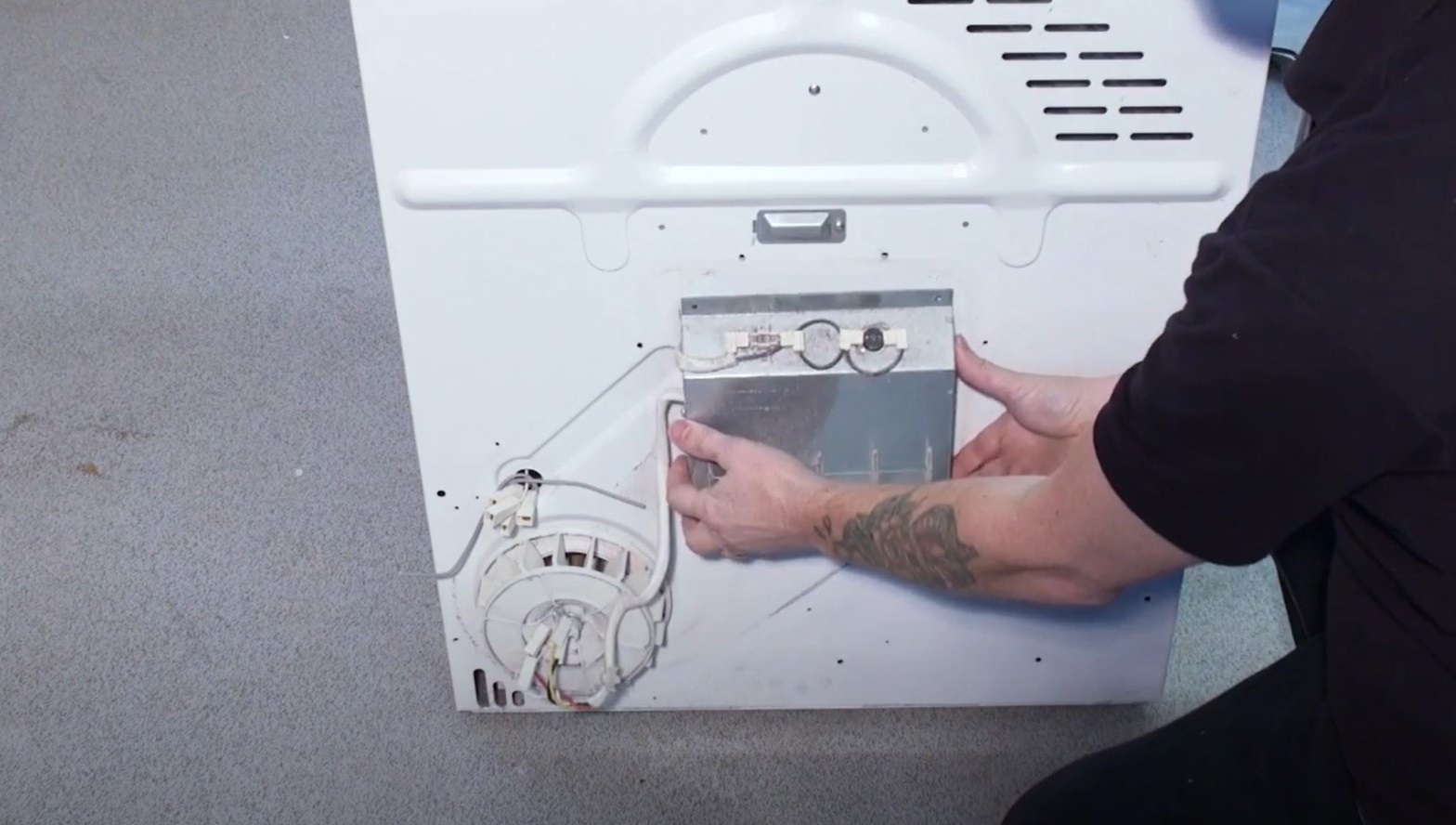Next Day Delivery Available
How to fix a tumble dryer that is not getting hot
The two most common reasons that your tumble dryer isn't heating up are:
- Faulty thermostat or TOC (usually caused by over heating)
- Faulty heating element
Tumble dryer thermostats explained
There are usually 2 types of thermostats found on the modern day tumble dryer:
- Thermal Overload Cut-Out (TOC)
- Temperature Control Thermostat.

Thermal Overload Cut-out (TOC)
Manufacturers of tumble dryers have to ensure, by law, that the clothes dryer has an overheat protection in the event that the normal heat control thermostat fails. This means that if your tumble dryer overheats for any reason the TOC will trip (break the heating circuit) and your tumble dryer will no longer heat up. There are a number of common reasons why tumble dryers overheat and trip the TOC, which we’ll discuss later.
The most common TOC’s found on today’s tumble dryers are ‘One Shot Thermostats’ meaning that once they trip they cannot be re-set, and so needs replacing. One shot thermostats are normally located just above the heater element. Manual re-set thermostats are normally reset by the user by pressing a small red button often protruding from the rear panel of the tumble dryer, however these are generally not used on modern tumble dryers for safety reasons. If a tumble dryer overheats it does so because there is usually a problem elsewhere on the tumble dryer. Being able to easily reset the TOC runs the risk of the tumble dryer overheating again each time the TOC is reset which increases the risk of fire.
Check out our DIY repair video on
how to replace tumble dryer thermostats
Temperature Control Thermostat
The temperature control thermostat will normally look identicle to the TOC with perhaps a distinguishing coloured spot to help identify the difference between the two. The TOC and temperature Control thermostats should be sold as a pair and it is important that you always replace both at the same time.
The temperature control thermostat simply regulates the heat by continually opening and closing the electrical circuit to the heater element. So in the event of the heat control thermostat failing it will either fail ‘open’ which will mean there will be no heat, or ‘closed’ which will mean that the element will continue to heat until the temperature rises and trips the TOC.
See our help guide on
how to replace a tumble dryer TOC and Thermostat

Why do tumble dryers overheat
If it transpires that your TOC has tripped, for the sake of safety it will be necessary to diagnose why this has happened. The two most common reasons are opening the door mid cycle or blocked fiters:
Opening the door mid cycle
This is a common mistake that tumble dryer users make. At the end of the drying cycle there is normally a cooling down period where the heating element is turned off but the flow of air continues to be circulated around the dryer. This helps cool the heater element prior to the end of the cycle.
If the user opens the door before the end of the cycle then the heater element will remain hot because the air circulation has been stopped. This is likely to cause the temperature in the area where the heater element and TOC are located to rise and trip the TOC.
The best course of action if you want to end the drying cycle early is to check the clothes are dry, re-close the door, and turn the dial on to the cooling cycle for a few minutes. The cooling cycle is normally denoted as a fan/propeller on the control dial.

Blocked Filters
Blocked tumble dryer filters are another cause of overheating. All that is happening in this scenario is that the circulation of air over the heater element is limited due to obstruction. It is recommended that you clean you tumble dryer lint filter after every use.

Check the heater element
If you have confirmed that the thermostats are ok the next component to check is the heater element. Heating elements are ususally found at the back of the tumble dryer along with the thermostats. The thermostat/TOC is often part of the heating element assembly. The heating element assembly will look like a large metal box, with wires attached coming from the tumble dryer. You can visually inspect the element to check for any breaks or test the element with a multimeter. For more information see our step by step guide on:
how to replace your tumble dryer heating element








 Lee Gilbert
Lee Gilbert  28th Aug 2024 at 19:30
28th Aug 2024 at 19:30

